Anak Beach (안악해수욕장)
2021-07-06
2108, Wolcheon-ri, Hampyeong-gun, Jeollanam-do
+82-61-320-1784
Anak Beach is a white sand beach that stretches for more than 200 meters and is bordered by a forest of pine trees. In addition to the gorgeous scenery, a major draw is the great seafood like fresh mullets, long-legged octopuses, small shrimps, and other local specialties said to provide strength during the sweltering summer heat. Since the beach has not yet been discovered by many tourists, visitors will be able to have a calm and relaxing time. The nearby coastal road is a perfect driving course with a stunning view of the sunset.
Ulsan Ilsan Beach (일산해수욕장 (울산))
2025-01-10
18 Haesuyokjang 10-gil, Dong-gu, Ulsan
+82-52-209-4470
Located 1 kilometer north of Baneojin, Ilsan Beach is a fine-grained sandy beach that is 600 meters in length, 40-60 meters in x_width, and 26,000 ㎡ in total area. The water is relatively shallow at 1-2 meters in depth and holds an average temperature of around 21.2 degrees Celsius during the summer months. Every July, there is a beach festival. Ilsan Beach offers various amenities and is surrounded by accommodation facilities, allowing for a comfortable and pleasant stay.
Nearby tourist attractions include Daewangam Park and Hwaam Boat Trail Mark Management Center, which has a lighthouse exhibition center and the highest lighthouse observatory in the area, giving visitors a wide-open view of Ulsanhang Harbor. Hyundai Heavy Industry is also located nearby.
Sono Belle Byeonsan (소노벨 변산(구 대명리조트 변산))
2025-03-16
51 Byeonsanhaebyeon-ro, Byeonsan-myeon, Buan-gun, Jeonbuk-do
+82-1588-4888
Sono Belle Byeonsan offers an amazing view of the sunset over the west sea. The family-oriented hotel provides a comfortable and relaxing stay.
Holiday Inn Resort, Alpensia Pyeongchang (홀리데이인 알펜시아 평창 리조트)
2025-03-16
325, Solbong-ro, Pyeongchang-gun, Gangwon-do
+82-33-339-0000
Situated in Alpensia Peyongchang Resort in Daegwallyeong, Gangwon-do, the Holiday Inn Resort is a four-star, deluxe hotel with 214 rooms in the main building alone.
In addition to the main building, the hotel has a separate building where every room is equipped with high-end spa facilities, realizing the dream of a ‘combination hotel and spa.’ This annex is also connected to a conference center (Korea’s largest business facility), which comes equipped with a large banquet room, an audio system allowing for the simultaneous translation of up to 8 different languages, an auditorium, and 13 meeting rooms.
One of the major draws of the resort is the Alpensia Spa. Highly trained therapists at the luxury spa provide world-class spa treatments and massage programs including special programs such as ‘couple’s spa,’ ‘golf spa,’ and ‘spa for expectant mothers.’ Treatments are carried out in an elegant, sunlit room that mimics the ambience of an outdoor spa experience.
Sinsa-dong Garosu-gil Road (신사동 가로수길)
2024-12-02
Sinsa-dong, Gangnam-gu, Seoul
The ginkgo tree-lined street (Sinsa-dong Garosu-gil) that runs from Sinsa Station (Subway Line 3) to Hyeondae High School is a popular, upscale street in Seoul. The street (also known as ‘artists' street’) has an eccentric flair thanks to its variety of charmingly decorated coffee shops, and designer stores. Garosu-gil is particularly popular in autumn when the golden ginkgo leaves begin to fall. Furthermore, with continous popularity, it has become one of the most attractive film locations in the city.
Yongin Recreational Forest (용인자연휴양림)
2021-10-23
220, Chobu-ro, Cheoin-gu, Yongin-si, Gyeonggi-do
+82-31-336-0040
Yongin Recreational Forest (162 ha) is perched on the southern foothills of Jeonggwangsan Mountain (alt. 562 m) in Yongin, Gyeonggi-do. Facilities include lodging facilities, camping zone, meeting rooms, children’s playground, and walking paths.
Yongin Hobak Deungbul Village (용인호박등불마을)
2019-09-23
39, Neunggok-ro 56beon-gil, Cheoin-gu, Yongin-si, Gyeonggi-do
+82-10-5624-1044
Yongin Hobak Deungbul (Pumpkin & Lamp) Village is a traditional themed farming village located just 25 kilometers out of downtown Yongin. The village is not only home to a variety of beautiful country cottages, but also offers a host of experience programs that fall under the themes of pumpkin, lamp, and fire (charcoal kiln). Nearby attractions and heritage sites include the grave of Poeun Jeong Mong Ju, the last loyal subject of the Goryeo Period, the Korean Deung-Jan Museum, Everland, and the Korean Folk Village.
Wentteok Village (웬떡마을)
2025-01-10
10, Eohyeon-ro, Wonsam-myeon, Cheoin-gu, Yongin-si, Gyeonggi-do
+82-31-333-2777
Wentteok Village gets its name from the word “Wentteok” (meaning “unexpected windfall”) and is a slow food village located in Jungneung-ri, Wonsam-myeon, Yongin-si, Gyeonggi-do. At the village, you can make traditional rice cake from fresh seasonal ingredients or make a tteok (rice cake) cake and have your own small party.
The village is a great venue to learn more about tteok (rice cakes) and to enjoy other hands-on activities such as eco-friendly farming activities and other traditional activities.
Hantaek Botanical Garden (한택식물원)
2022-12-21
2, Hantaek-ro, Cheoin-gu, Yongin-si, Gyeonggi-do
+82-31-333-3558
Established in 1979, Hantaek Botanical Garden features the nation's largest botanical garden which houses total of 9,700 plant species including 2,400 species of wild plants and 7,300 species of foreign plants. Along with various domestic and international plant species, the botanical garden makes an effort in research studies through the botanical lab, interactions with domestic and international botanical gardens and modernized facilities. Also, it was designated as Rare plant and Extinction crisis plant habitat and conservation by the Ministry of Environment and has been carrying out acts to preserve national grown-plants and restoring the habitats continuously as well as various hands-on programs and exhibitions that offer education about nature.
Hantaek Botanical Garden is comprised of Natural Ecology Hall, Water Plant Botanical Garden, Wall Garden, Rock Garden, Silver Grass Garden and Hemerocallis collections, Hosta collections, Iris garden, and other gardens. Australia Plant Greenhouse, exhibiting baobab trees, South Africa Greenhouse, Herb greenhouse, and a rest area are also available for visitors.
Bunhwangsa Temple (분황사)
2024-02-29
94-11 Bunhwang-ro, Gyeongju-si, Gyeongsangbuk-do
Bunhwangsa Temple, located next to the ruins of Hwangnyongsa Temple in Gyeongju, was established in 634 during the Silla dynasty. Visitors can see cultural assets such as the Stone Brick Pagoda designated as a national treasure, and the Pedestal for the Stele of State Preceptor Hwajaeng registered as a Historic Site. Despite being a significant and ancient temple, much of it was lost during wars such as the Mongolia invasions and the Japanese invasions of Korea, leaving only a few buildings and temple grounds like Bogwangjeon Hall. Nearby, there is the Hwangnyongsa Museum.
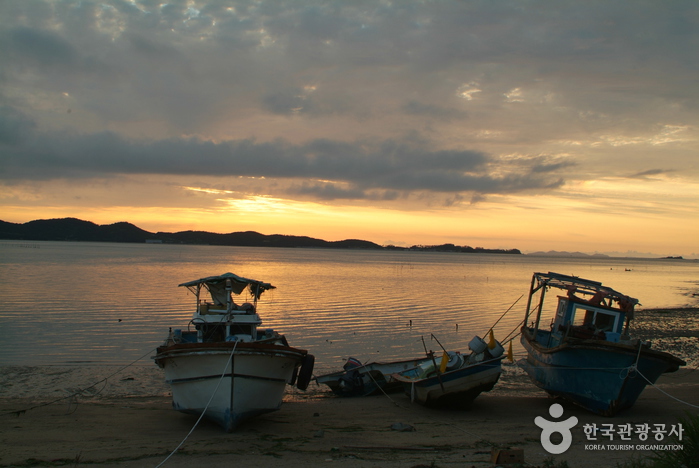
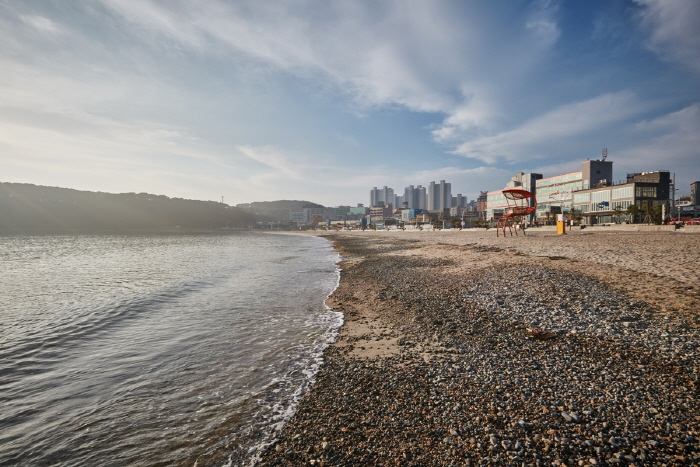
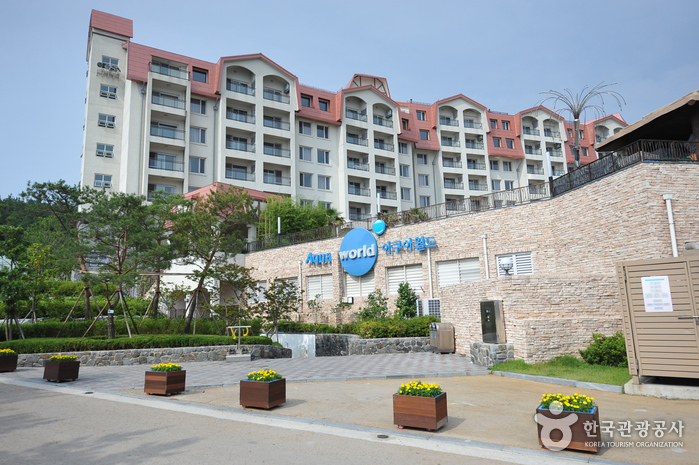
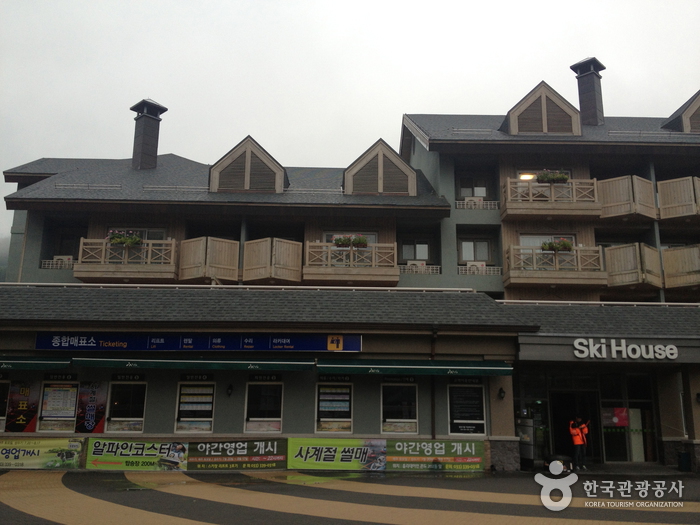

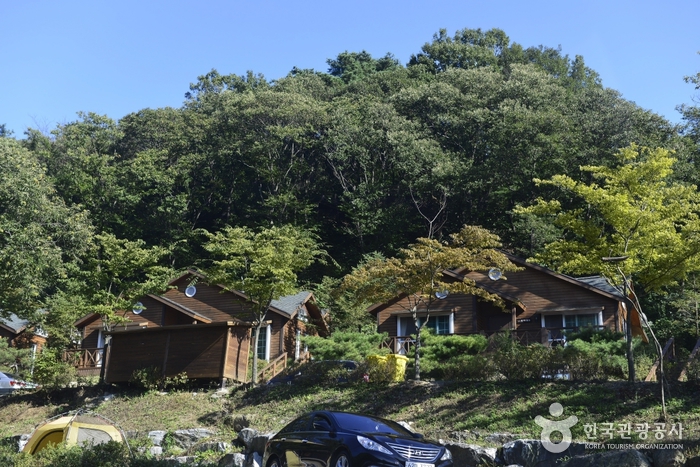
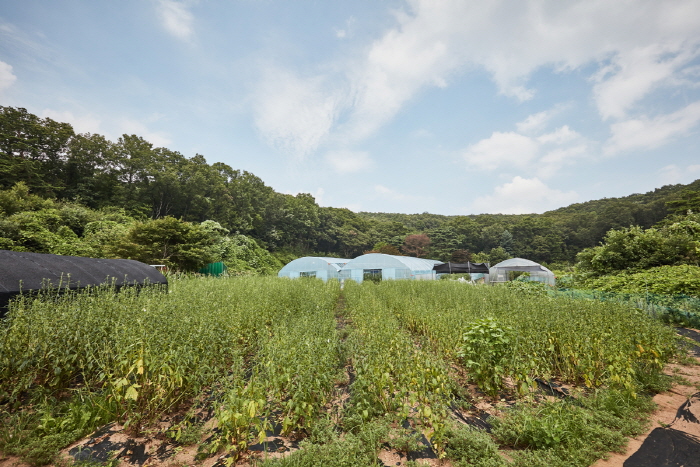
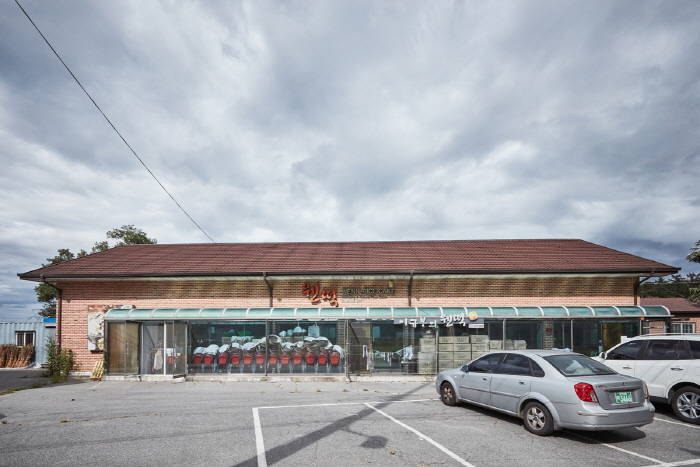

 English
English
 한국어
한국어 日本語
日本語 中文(简体)
中文(简体) Deutsch
Deutsch Français
Français Español
Español Русский
Русский